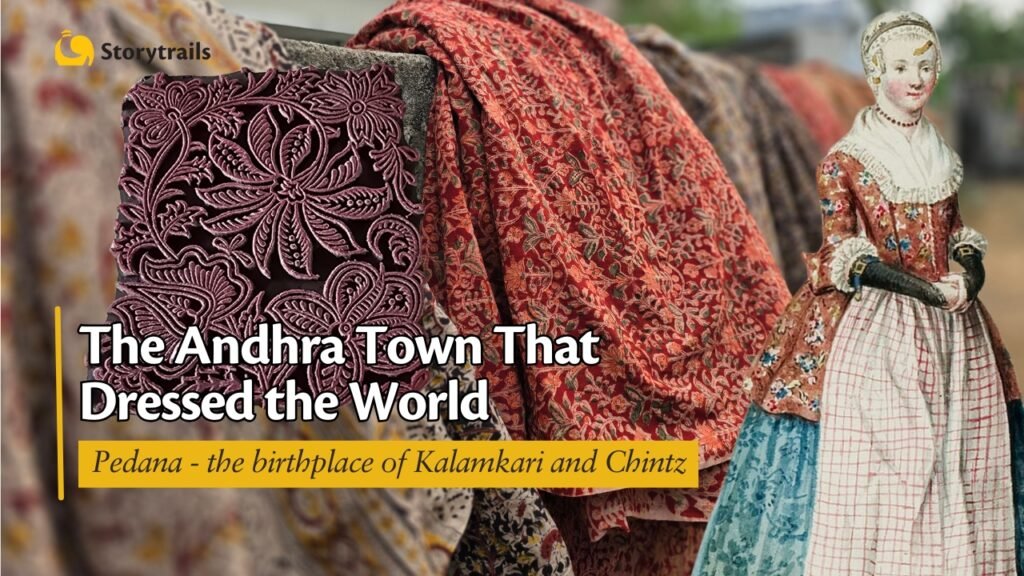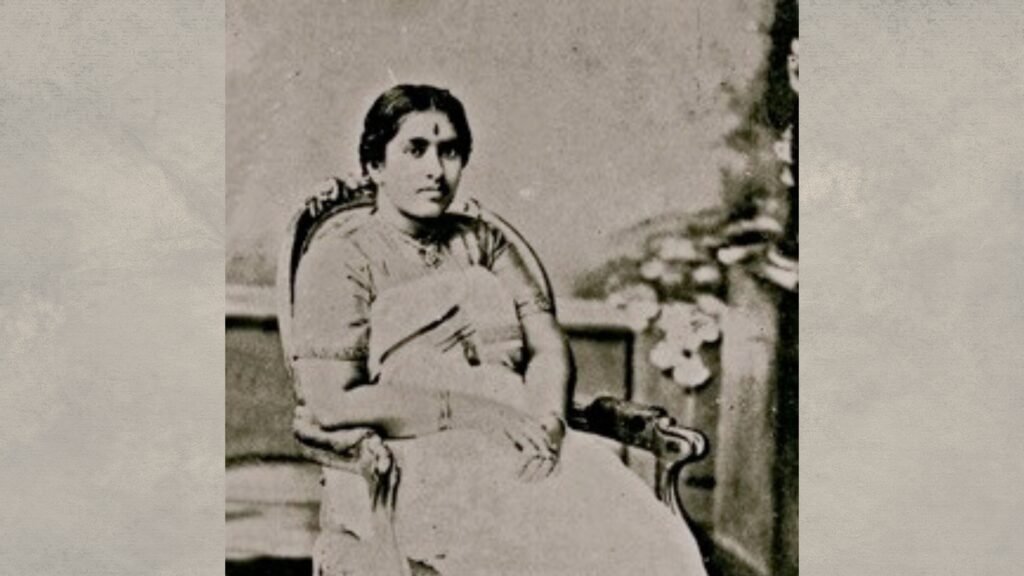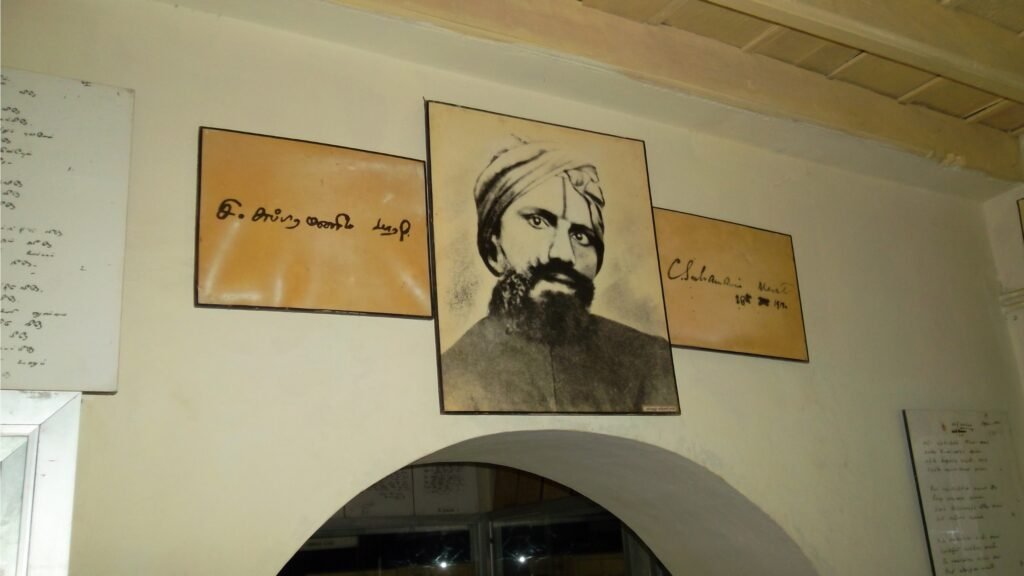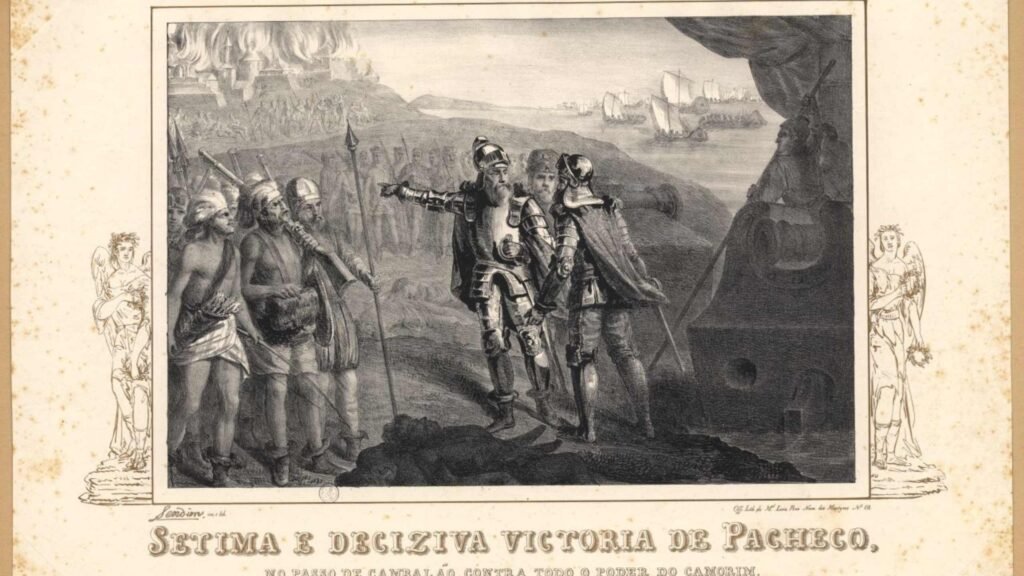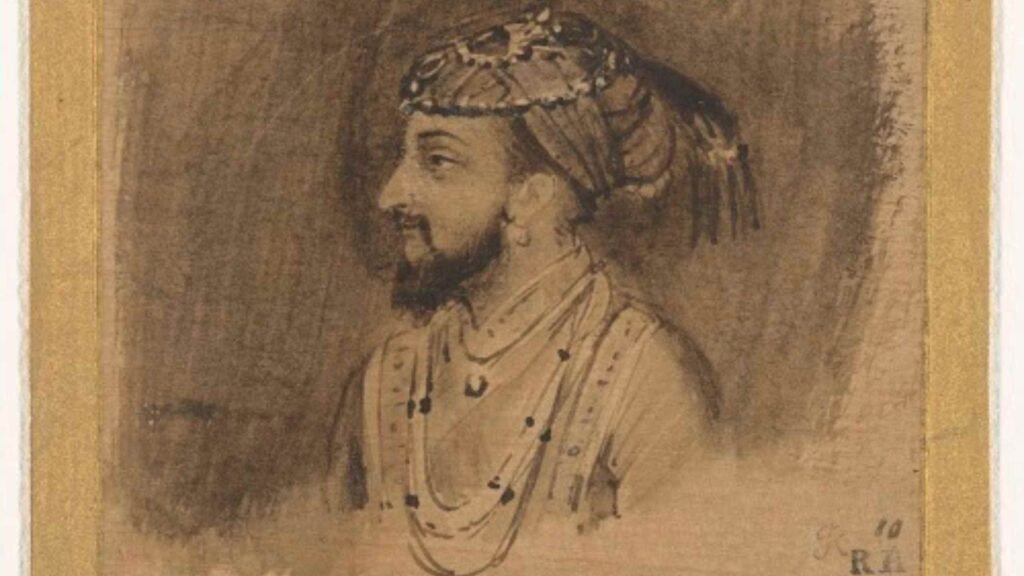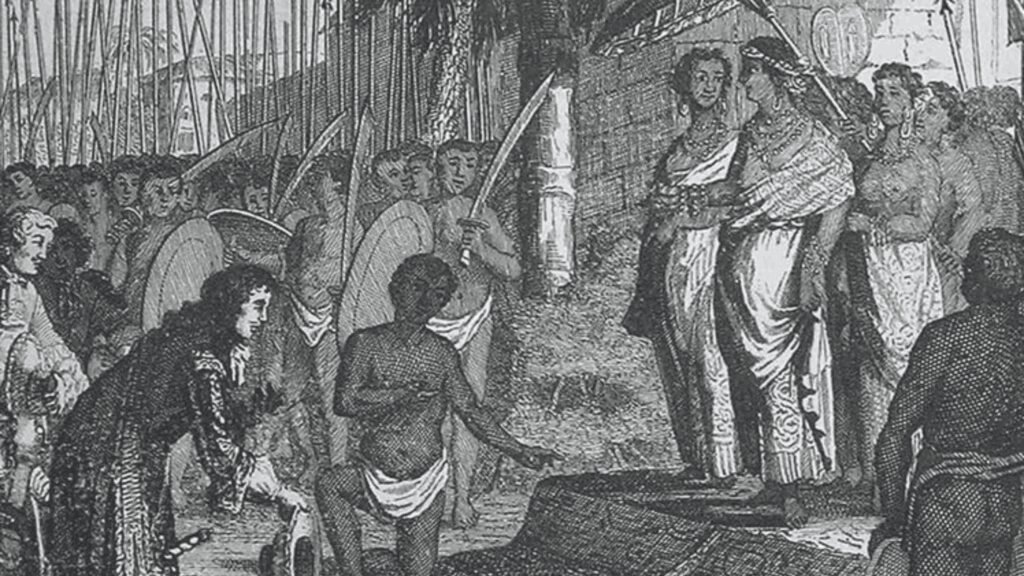Close your eyes and imagine a Hindu goddess. Any goddess. Parvati, Lakshmi, Saraswati… Did you see a beautiful woman, dressed in a perfectly draped sari, and adorned with gorgeous jewellery? Who gave her this image? The credit goes to a royal artist from Kerala named Raja Ravi Varma.
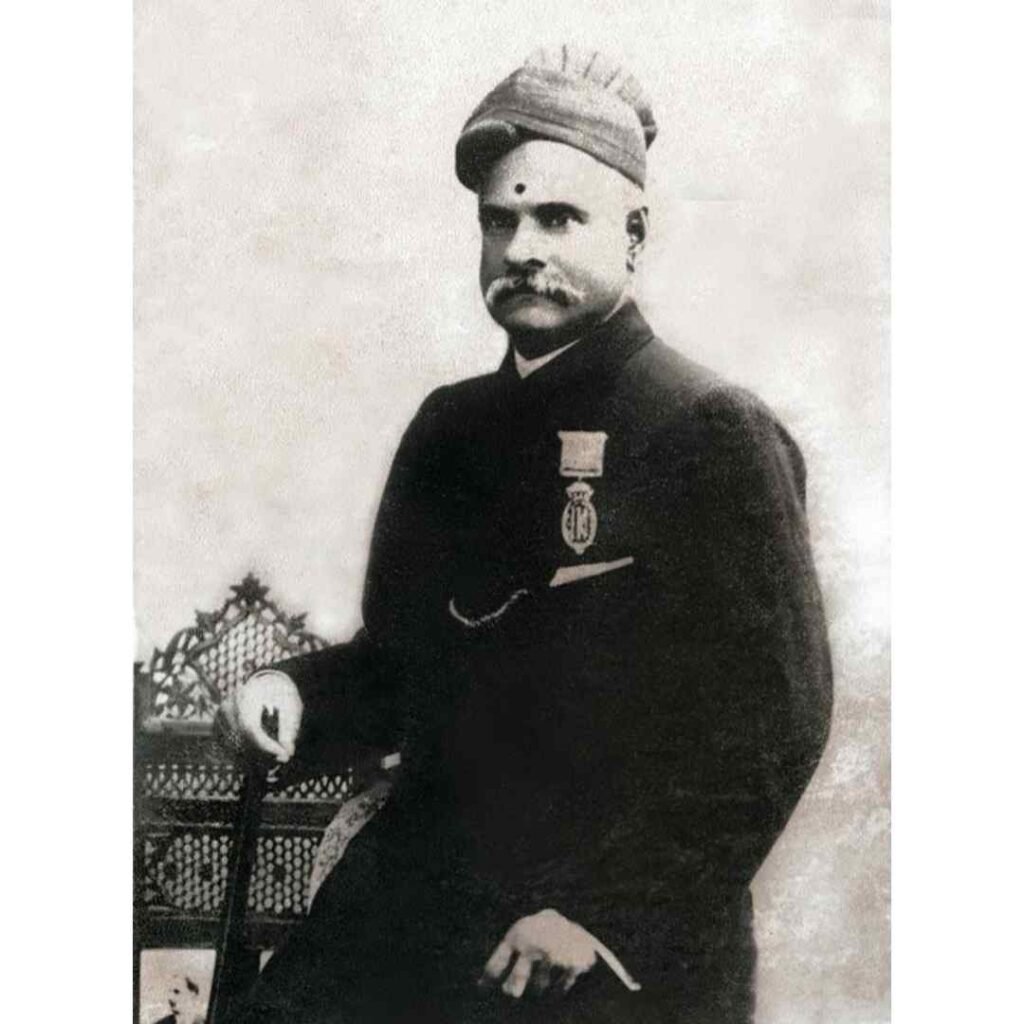
Ravi Varma’s family was related to the royal family of Travancore. Even at a young age, Ravi Varma showed a flair for painting. At that time, Travancore was a British protectorate. So it was common to see European painters frequenting royal palaces. One of his uncles got him access to the royal court, where he watched the court painters and picked up many tricks of European portraiture and oil painting. The Travancore kings patronised a number of Indian artists too. And Ravi Varma learnt many other techniques from them, sometimes without their knowledge. In one instance, he got the assistant of an accomplished Indian artist to meet him in secret and show him the colour mixing techniques the master artist used in oil paintings. Soon, Ravi Varma began his own artistic career. Back then, Kerala was famous for its murals, like the one you can see here.
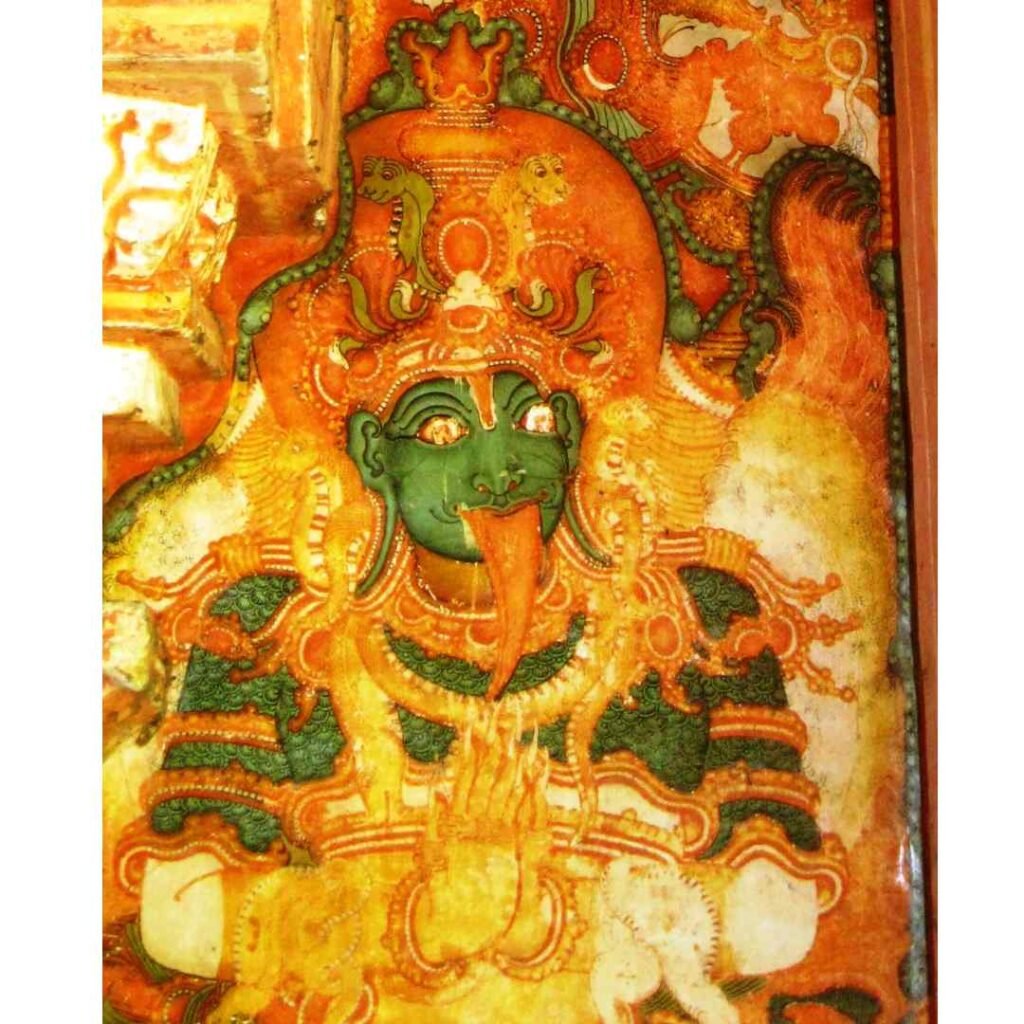
But while they were rich in detail, they were not meant to look realistic. Even in the Western world, until the Renaissance period, the use of light in paintings to shape perspective or define a point of view was rare. So when Ravi Varma started using those techniques on Indian themes, it was unlike anything one had seen before. It gave birth to a distinct Ravi Varma-esque style of artistry, with its play between light and dark, use of depth and a rich colour palette, and attention to the minutest detail of form, costume and jewellery. He began painting court portraits for the royal families across various dynasties and rulers in India. He also found inspiration in the myths and epics of India and took great pleasure in painting some of the key moments in the stories.

Having painted innumerable subjects and stories, Varma’s popularity grew and he couldn’t keep up with the demand for his work. Around that time, lithographic printing, which used stone or metal plates, was becoming popular in Europe. It allowed for almost perfect replicas of original works of art. Ravi Varma and his brother decided to set up their own lithographic press in Bombay (now Mumbai). His best selling pictures were paintings of Hindu gods and goddesses. The press was eventually sold off and the new owner realised that there was still much profit to be made from the paintings of the gods. So he hired a host of lesser known artists to paint more pictures of gods in the Ravi Varma style.
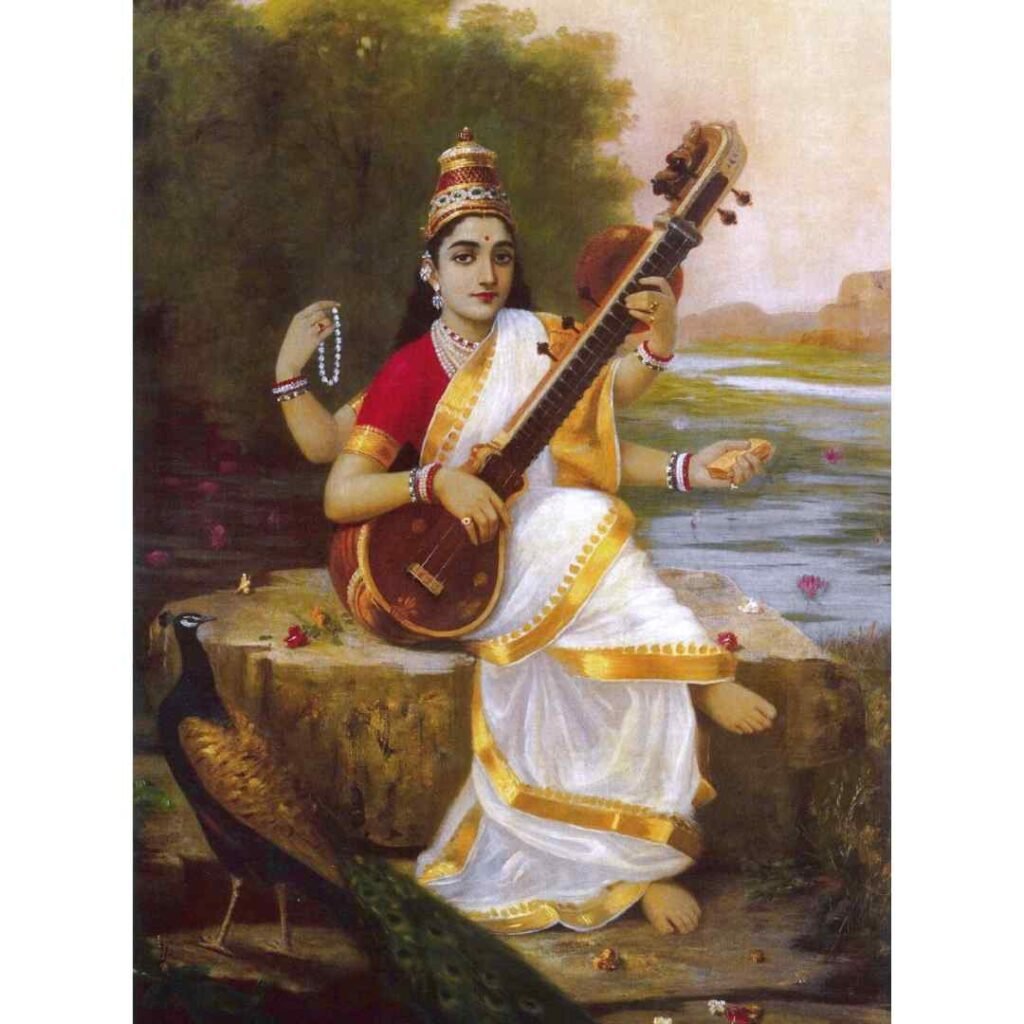
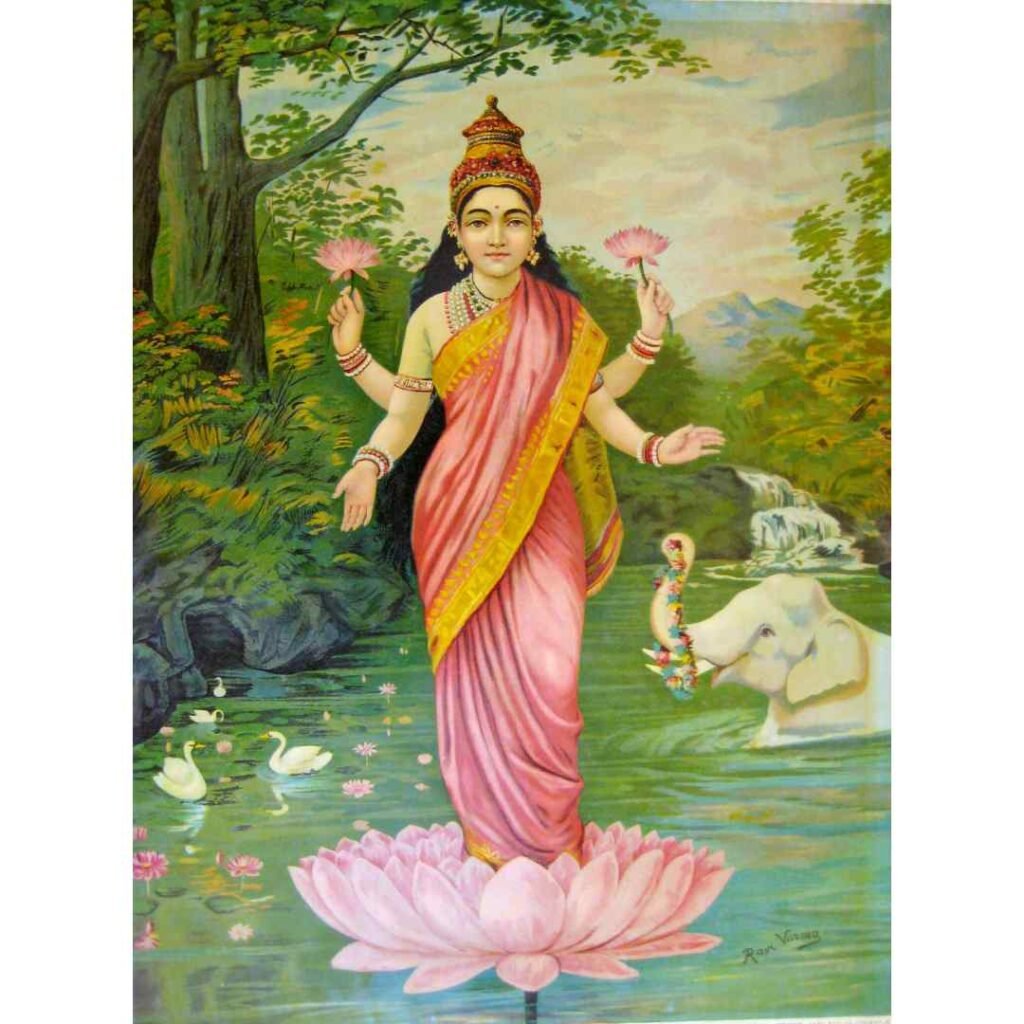
The result? The ‘Hindu calendar’ images that you can see in houses even today. Ravi Varma’s critics point out that his images of goddesses are rather limiting. Where before, the Goddess could look like anyone, or in fact anything, she now had a face. It was mostly the face of an upper class South Indian woman.
But the fact remains that in pioneering mass printing in India, Varma made distribution and ownership of art easy and accessible. It is not uncommon to spot Ravi Varma’s pictures of gods and goddesses in the private altars of many Hindu households. Copies of his original prints are valuable collector’s pieces, and his art has inspired generations of artists.
One question remains: the title “Raja” means a king, so did Raja Ravi Varma ever rule Travancore or even parts of it? Never. For his brilliant art, he received the “Kaiser-I-Hind” medal from the British Emperor. That was when the title Raja was mistakenly mentioned in his citation, and Raja Ravi Varma happily continued to use the title, much to the annoyance of the king in Travancore. But two of Ravi Varma’s granddaughters did go on to become queens of Travancore and exercised real power under Kerala’s matrilineal system of succession.
Detour: Watch this short video on Kerala’s Matrilineal System
